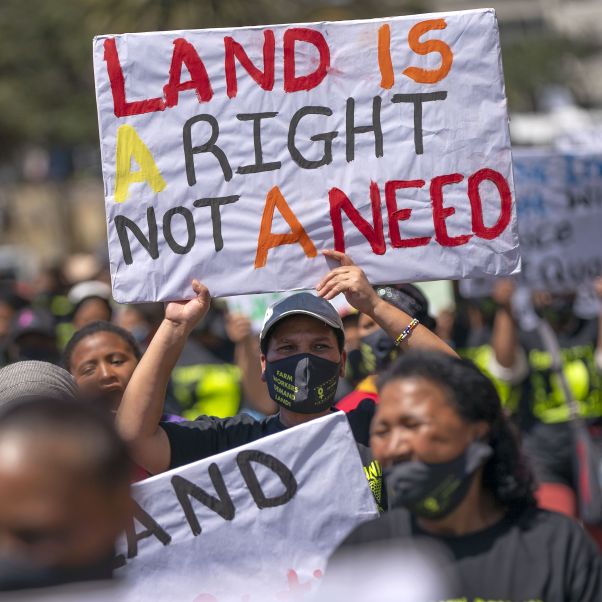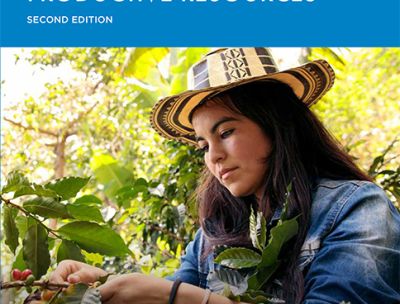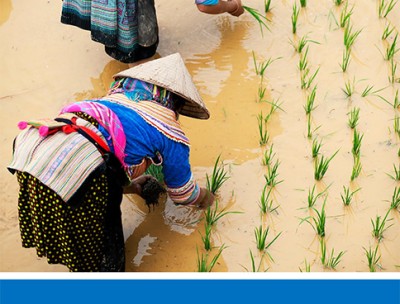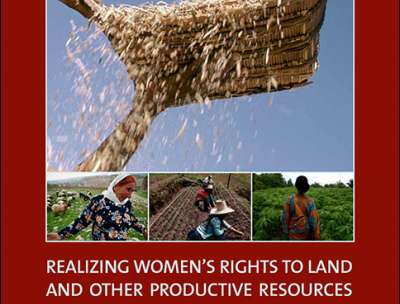OHCHR and land and human rights

Land is not a mere commodity, but an essential element for the realization of many human rights.
Land and Human Rights - Standards and Applications (2015)
Land is a cross-cutting issue that impacts directly on the enjoyment of a number of human rights. For many people, land is a source of livelihood, and is central to economic rights. Land is also often linked to peoples’ identities, and so is tied to social and cultural rights.
The human rights aspects of land affect a range of issues including:
- poverty reduction and development,
- peacebuilding,
- humanitarian assistance,
- disaster prevention and recovery, and
- urban and rural planning.
Food insecurity, climate change and rapid urbanization have also refocused attention on how land is being used, controlled and managed by States and private actors.
Urban development projects have led to socioeconomic polarization in cities owing to escalating costs of land and housing and depletion of low-income housing. Measures taken to protect the environment are also at times in conflict with the interests and human rights of populations that depend on land for subsistence and survival.
Forced eviction for millions of people around the world results in their being homeless, landless, or living in extreme poverty and destitution.
Land remains a crucial element in conflict and post-conflict contexts. When conflict ends, the restitution of housing, land and property rights for returning refugees and internally displaced persons constitutes a fundamental part of peacebuilding.
Failure to effectively prevent and mitigate environmental degradation and the negative impact of climate change could drastically reduce access to land, especially for marginalized groups.
Women and land
Women face a wide range of issues when it comes to access, use and control over land and its productive resources. In many countries, the lack of secure tenure, control and ownership of land, and discrimination in inheritance are a few causes that negatively impacts women's livelihoods, food security, economic independence and physical security.
For more on this topic see women and land, property and housing.
Forced evictions and displacement from land
An increasing number of people are forcibly evicted or displaced from their land to make way for large-scale development or business projects, such as dams, mines, oil and gas installations or ports. In many countries the shift to large-scale farming has also led to forced evictions, displacements and local food insecurity, which in turn has contributed to an increase in rural to urban migration and consequently further pressure on access to urban land and housing.
Learn more about forced evictions.
Land, violence, social unrest and conflict
Deliberate destruction and unlawful acquisition of land, land-related resources as well as land records are often results and drivers of today’s armed conflicts.
In the post-conflict phase, the restitution of housing, land and property for returning refugees and internally displaced persons (IDPs) is a fundamental part of reconstruction and peace-building.
In March 2019, the Secretary-General issued a Guidance Note on "The United Nations and Land and Conflict" (PDF), a milestone in the journey towards a sustained and coherent engagement of the UN System on land and conflict to prevent conflict and sustain peace. Developed by a number of UN agencies including UN Human Rights, the note makes explicit the link between conflicts, climate risks, natural resources’ management, displacement and land.
See also the report of the Expert Group meeting on early warning of violence and conflict: land and human rights in South East Asia (DOCS).
Land and governance
Governance of land is central to the protection and promotion of human rights. The UN Human Rights office has contributed to policy instruments on this topic such as the Voluntary Guidelines on the Responsible Governance of Tenure of Land, Fisheries and Forests in the Context of National Food Security, aimed to improve the governance of tenure of land with the overarching goal of achieving food security for all.
For more on this topic, and to access other voluntary guidelines, please see FAO’s information resources page.




